When venturing into the world of recreational vehicles, Class C motorhomes represent a sweet spot between the nimble Class B campervans and the larger, bus-like Class A models. I find them particularly appealing because of their balance in size, cost, and amenities. They typically range from 25 to 35 feet, making them a versatile option for both adventurous weekend getaways and long-term travel. For those new to RVs, Class C models are an excellent point of entry due to their driving familiarity, resembling standard passenger vehicles more than their Class A counterparts.
Navigating the market to buy a Class C motorhome can be as challenging as it is exciting, but understanding the basics of RV classes is crucial for making an informed decision. Key considerations in the buying process include deciding between a new or used model, understanding the difference between gas and diesel engines, and determining the size and layout that best fits your lifestyle and travel needs. Furthermore, the inherent community within the RV lifestyle can provide support and camaraderie, offering insights and shared experiences that are invaluable for both novices and seasoned travelers alike.
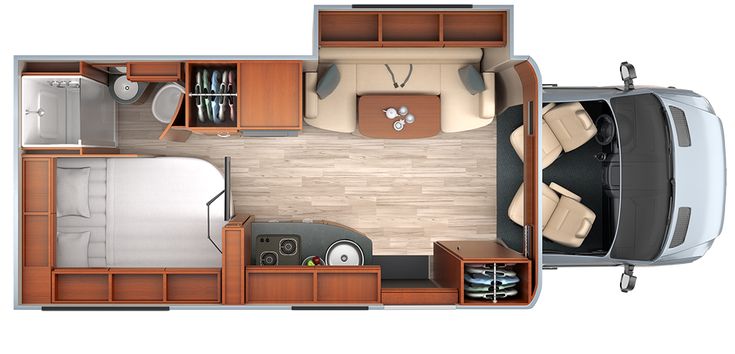
Key Takeaways
- Class C motorhomes balance size, amenities, and cost.
- Key considerations include model age, engine type, and layout.
- The RV community offers valuable support and insights.
Understanding Class C Motorhomes
When considering a mobile living space, Class C motorhomes offer a perfect blend of comfort and maneuverability, tailored for both short trips and extended travels.
Characteristics and Features
Class C motorhomes are distinguished by their over-the-cab sleeping or storage area, which is one of their most recognizable features. They often include full baths and ample storage space, delivering the conveniences of home on the road. Unlike the Class A motorhomes, which are larger and often more luxurious but can be more challenging to drive, Class Cs offer a more compact, driver-friendly experience without sacrificing essential amenities. Many Class C models also feature at least one slide-out to enhance the living space.
Size and Layout Options
The size of Class C motorhomes varies broadly, generally ranging from 21 to 41 feet in length. Despite their smaller footprint compared to Class A RVs, Class Cs are designed to maximize the interior space, providing creative layout options to accommodate different needs. They balance living space and mobility, making it easier for owners to navigate and park, a point of consideration highlighted when looking at Class C vs. Class A motorhomes. From couples seeking cozy space to families needing multiple sleeping areas, Class C motorhomes offer diverse layout options, including various bedroom configurations and living spaces tailored to enhance the travel experience.

The Buying Process
When venturing into the realm of purchasing a Class C Motorhome, it’s essential to understand the intricacies of the buying process. From deciding on a new versus a used motorhome to understanding the importance of a detailed inspection and navigating the avenues of financing and insurance, each step requires careful consideration.
New vs. Used Motorhomes
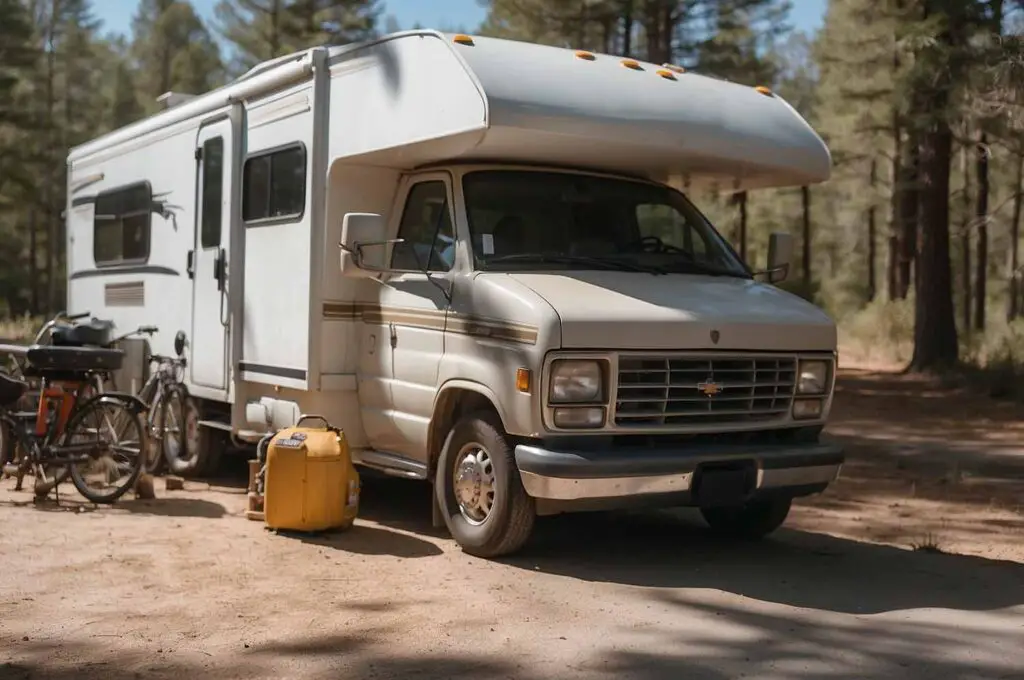
New Motorhomes offer the latest in technology, design, and comfort, with less immediate concern for maintenance issues. However, they can come at a premium price. On the flip side, Used Motorhomes are kinder to your wallet and can be just as reliable if properly inspected, but they might carry hidden costs with potential past wear and tear. When assessing whether to buy new or used, consider factors such as mileage, maintenance history, and the overall condition to frame your decision. Understanding what to ask when evaluating a used RV is imperative; these questions to consider can serve as a helpful guide in making an informed choice.
Inspection and Evaluation
Before finalizing your Class C Motorhome purchase, conduct a comprehensive inspection. If buying new, perform a pre-delivery inspection to ensure everything is operational and meets your satisfaction; this checklist will help you cover all the essentials. For used motorhomes, a detailed evaluation by a professional can uncover potential issues, saving you from expensive repairs down the line. Not all RV dealers are transparent about the condition of the RV, so being equipped with insights on common dealer tactics can aid in a more transparent transaction.
Financing and Insurance
Securing financing and insurance for your Class C Motorhome involves multiple factors. Financing varies depending on new or used models, with dealerships typically offering finance options but potentially at higher rates than banks or credit unions. Paying in cash may lead to a better deal, but it’s not always feasible. Additionally, when buying from a private seller, navigating the complexities of purchasing an RV still under a loan can be challenging; a full guide can make the process smoother. Insurance is non-negotiable, providing protection for your investment against accidents, theft, and natural disasters. Ensure that your chosen policy covers all necessary aspects of RV ownership.
Operating a Class C Motorhome
As a confident and seasoned RV owner, I understand that operating a Class C motorhome involves mastering specific driving skills and staying on top of ongoing maintenance. Let’s dissect these essentials for a smooth and enjoyable journey.
Driving Techniques
Operating a Class C motorhome requires a different approach compared to driving a regular vehicle. Given their larger size, spanning 20 to 40 feet, precision and vigilance are imperative. I’ve learned to:
- Check clearance frequently: Always be aware of the height and width to prevent mishaps.
- Make wide turns: The extended length necessitates early and wide turns to avoid clipping curbs or other vehicles.
- Utilize mirrors: Regularly use side mirrors for safe lane changes and tight maneuvers.
Maintenance and Upkeep
Maintenance is crucial to prolong the life of your motorhome and ensure safety on the road. I keep my Class C in peak condition by:
- Regularly checking fluids: This includes oil, coolant, and brake fluids.
- Inspecting tires: Ensuring they’re properly inflated and free from excessive wear helps to avoid blowouts.
- Managing rust: Look out for water leaks, which can lead to rust, and address them immediately to prevent further damage.
Understanding the costs of ownership, such as regular servicing and unexpected repairs, prepares you financially, whereas being informed about RV depreciation assists in maintaining the value of your motorhome for as long as possible. Keeping these aspects in check ensures that my adventures are both memorable and hassle-free.
The Lifestyle and Community
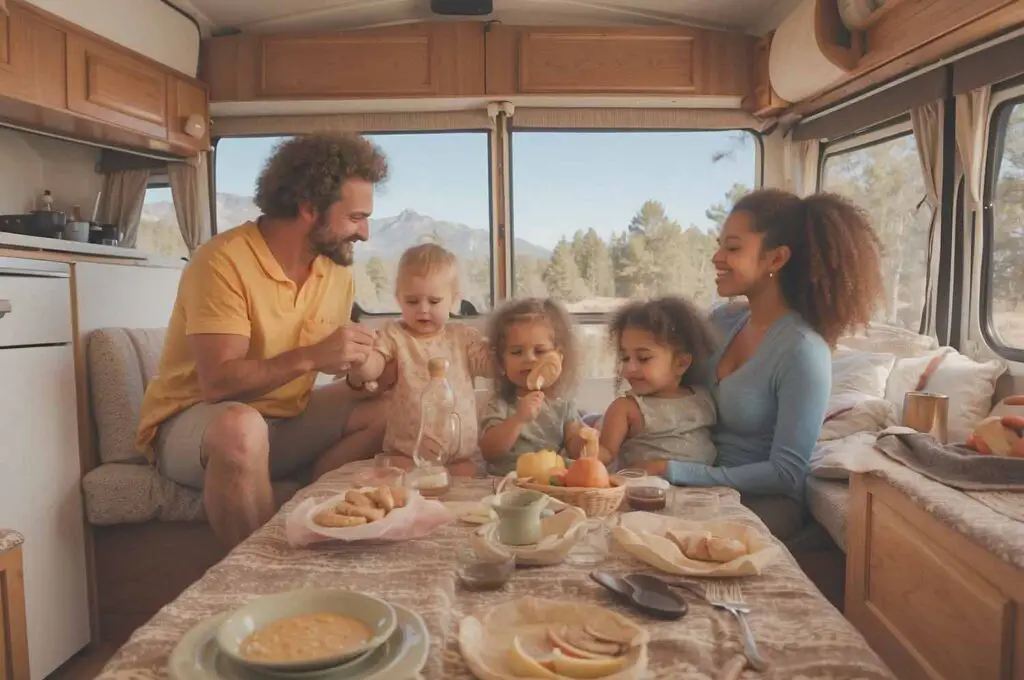
Embracing the Class C motorhome lifestyle means joining a diverse community of travelers who value flexibility and adventure. Here, we explore how to adapt to life on the road and how you can connect with fellow motorhome enthusiasts.
Adapting to Motorhome Living
When I began my journey living in a Class C motorhome, I quickly realized that space optimization and resource conservation were paramount. I learned that strategies for maintaining a permanent address were necessary for a seamless transition to this lifestyle. There are methods to establish a permanent address even when the road is your home, which prove essential for handling mail and legal documents. In terms of conserving resources, especially in remote locations while boondocking, understanding how to conserve water became incredibly important, extending my stays in the beautiful wilderness self-sufficiently.
Connecting with Other Owners
The sense of community among Class C motorhome owners is tangible. I found out that driving into a campground like Fort Stevens State Park not only offers an opportunity to explore natural beauty but also to meet other RV enthusiasts. Through these connections, I’ve exchanged travel tips, maintenance advice, and stories from the road. Owners form a valuable network, offering support and friendship, which enhances the overall motorhome experience.


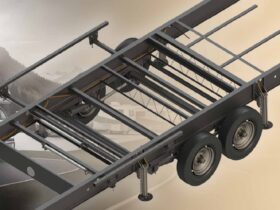
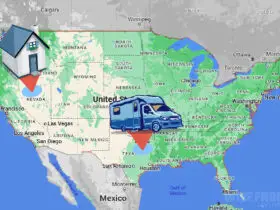
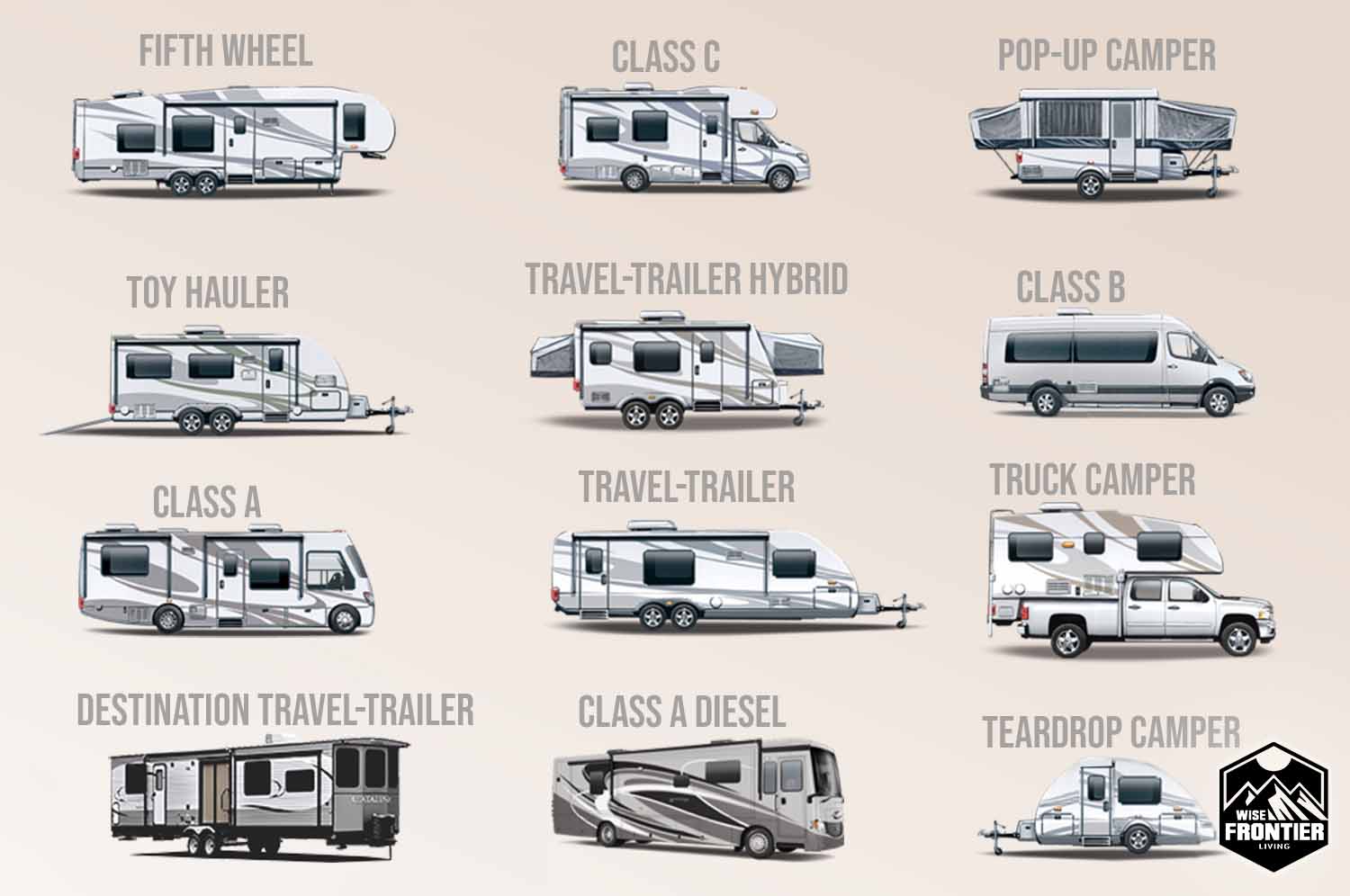
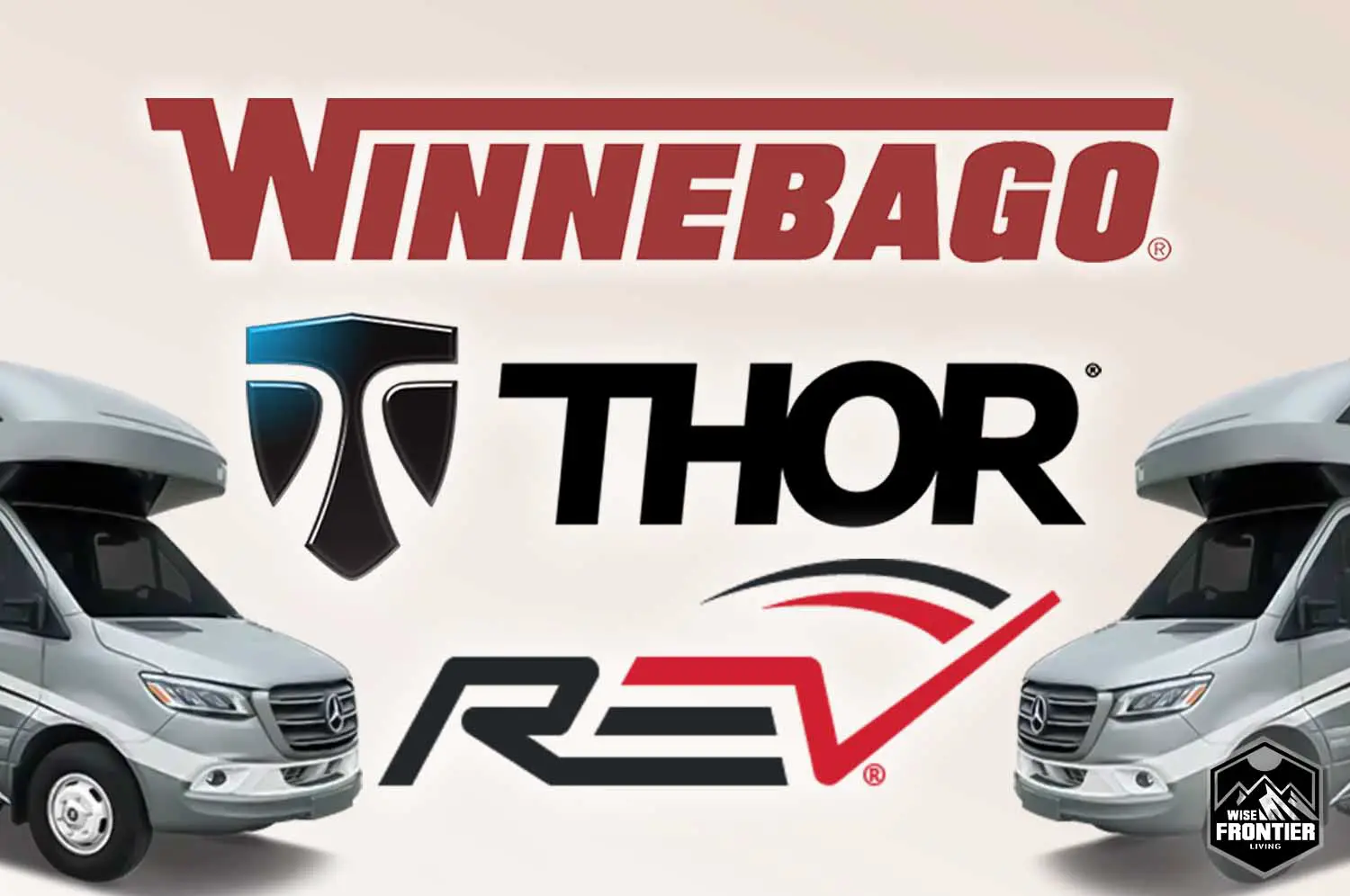
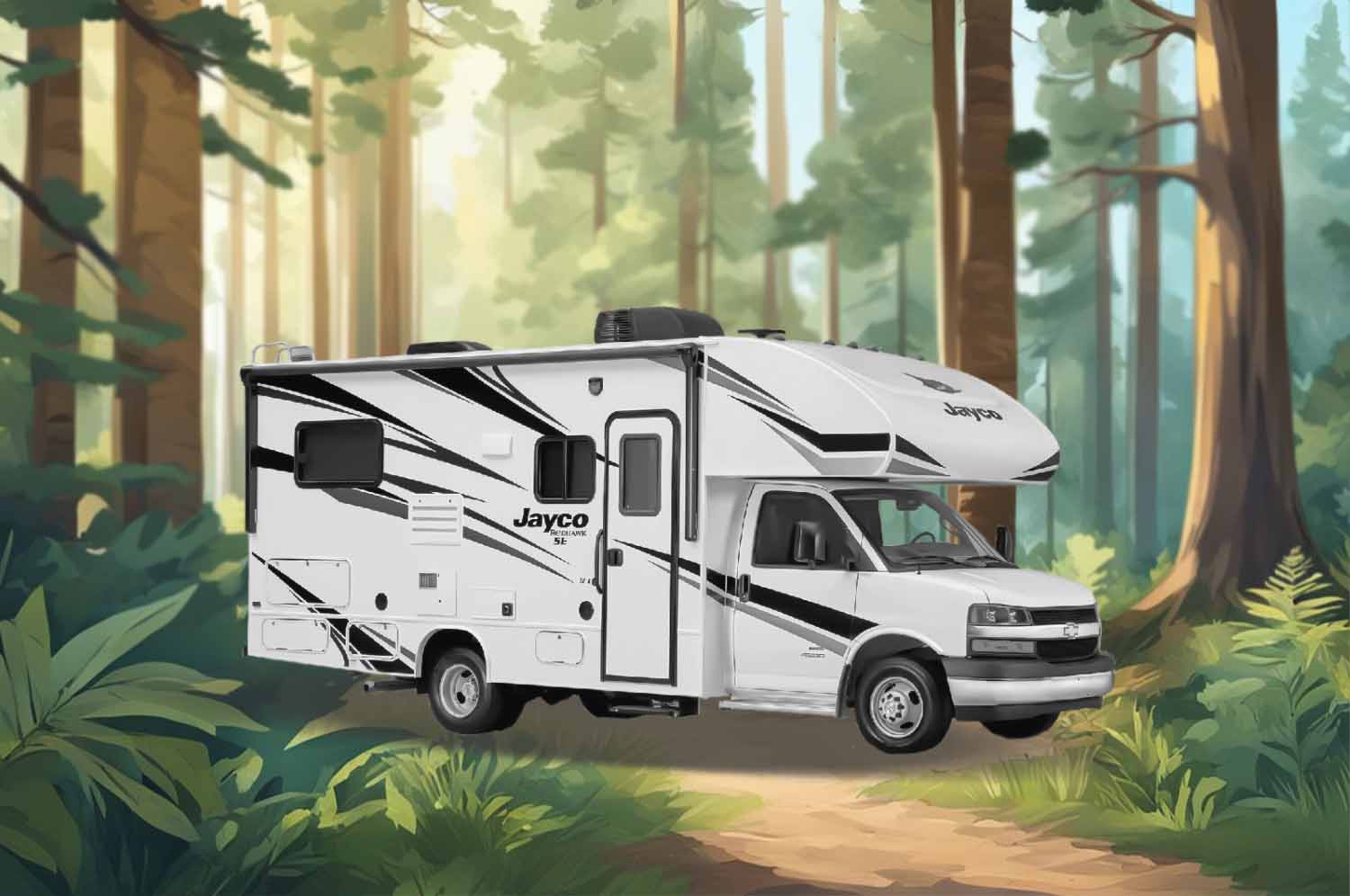
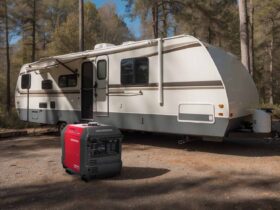

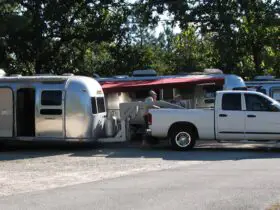
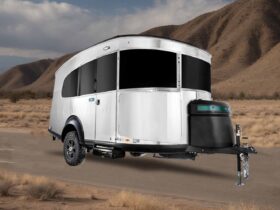

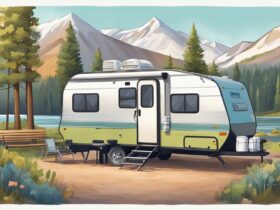
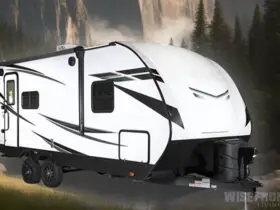
Leave a Reply